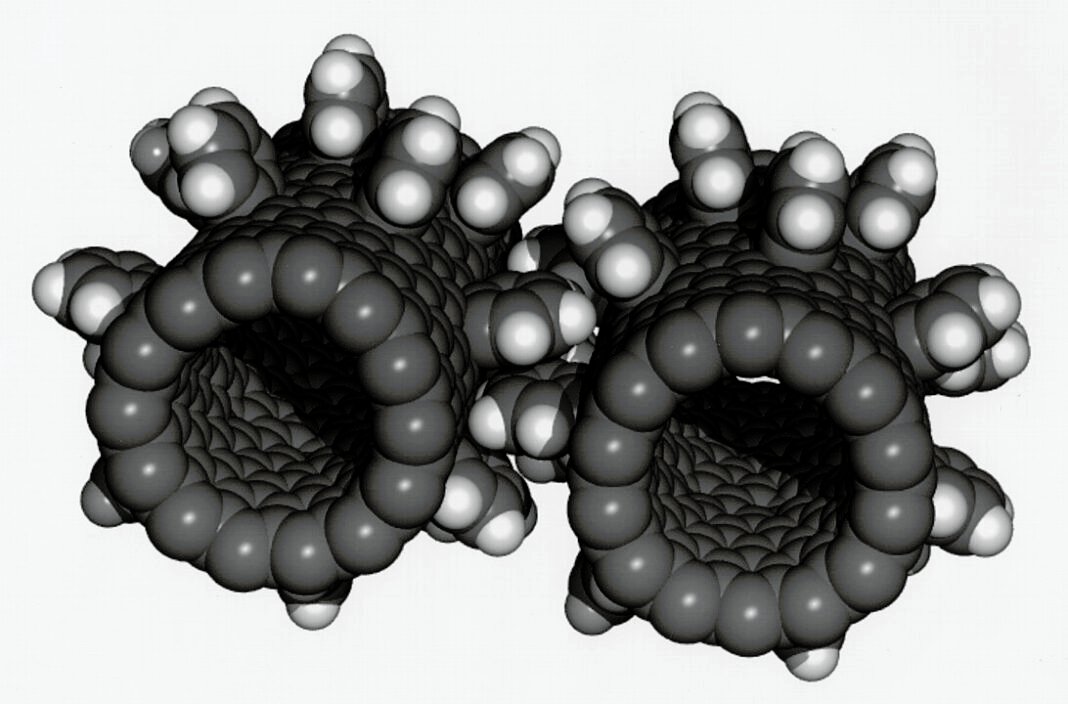For more than 200 years, fossil fuel has been the primary source of energy, enabling the Industrial Revolution and technological advancement of society as a whole. As we know previously, energy is based on non-renewable resources, and we have to look for some renewable means for our energy. We need any source that enables us to meet our energy requirements and store enough amount of energy, leading us toward future energy conversion. In the article, I have discussed the different aspects of nanoscience for future sustainability using nanostructure for energy storage devices, i.e., Supercapacitors, Metallic Ion rechargeable batteries, Fuel Cells, etc.
In the near future, fossil fuels, particularly oil, will continue to play a significant role in the global economy. As consumption reaches its peak and consumer demand rises, the world must either discover new energy supplies or substantially improve existing energy technologies. The world has come to comprehend that using fossil fuels excessively threatens the planet’s ecosystems. The advancement of green energy is one of the most pressing global challenges due to the demand for alternative, clean energy sources and the preservation of the environment.
Nanomaterials have the potential to completely transform techniques for storing energy, rendering them superior, accessible, and sustainable. Thanks to their special nanoscale features, they can significantly improve many energy storage systems, eventually leading to a more environmentally friendly future.
![Figure 1: A schematic represents the usage of nanomaterials in nanotechnology for designing the nanoscale devices i.e., for Supercapacitors, Batteries and Fuel Cells [1]](https://scientiamag.org/wp-content/uploads/2024/05/image.png)
There is no dispute that in order for the globe’s economy and climate to have an environmentally friendly future, renewable energy must account for a sizable share of renewable energy consumption.
The natural reconfiguration tendencies of two-dimensional shapes (2D) nanomaterials, which drastically limits the way they can be used, undercuts the rapidly expanding interest in these materials. New porous heterostructures combining monolayered mesoporous substrates with two-dimensional nanosheets can significantly increase the selection of innovative substances in battery-based electrochemical energy technologies.
Advancements in Nanoscience
Many additional two-dimensional materials, including nanosheet-like structures, such as transition metal oxides (TMO), dichalcogenides, and transition metal carbides (TMCs) or transition metal nitrides (MXenes), have gained more attention as graphene was initially experimentally separated in 2004.
Beside other traditional materials with thicknesses in millimeters (mm) or micrometers (ꭎm), MXenes are just a few atoms thick. MXenes resemble tiny sheets with a high surface area and volume proportion. This gives ions plenty of room to gather and take part in energy storage workflows, particularly in supercapacitors.
Interestingly, even though the thickness of MXenes is a hundred times less than that of human hair, the research proceeded by the University of British Colombia (UBC), National Science Foundation, UK, and A.J. Drexel Institute of materials showed that their researchers created lightweight, 3D- printed polymer waveguides for satellites, coating them with conductive MXene nanomaterials to enable high-quality signal transmission for space rockets. This is how nanostructures like MXenes and other composites are providing the world with an opportunity to move toward future sustainability.
![Figure 2: A brief guiding schematic for the usage of Nanomaterials in different daily life applications [5]](https://scientiamag.org/wp-content/uploads/2024/05/image-1.png)
Unlike conventional materials, nanostructures (the basics of nanoscience) have many more tiny molecules or atoms on their interfaces. This boosts excitability and the easy availability of working spots for energy-related instances, such as the electrochemical processes in Supercapacitors, batteries, and fuel cells. Due to the use of lithium-ion batteries in portable and light electric products, backup energy storage components, and hybrid electric automobiles, the demand for these batteries has significantly expanded.
An American computer scientist and mathematician Ralph Merkle once said very precisely;
“Nanotechnology is an idea that most people simply didn’t believe. We’ll have more power in the volume of a sugar cube than exists in the entire world today.”
![Figure 3: The nanoscience is fueling the world with green energy and striving for lowering its pollution for sustainability. [6]](https://scientiamag.org/wp-content/uploads/2024/05/image-2.png)
Researchers are striving to enhance the energy density, power density, durability, and reliability of lithium-ion batteries through the integration of nanomaterials into all of these different elements. These properties are essential for their wide adoption in various applications, including portable electronics, electric vehicles, and grid energy storage.
Nanostructures for Energy Conversion Applications
High energy and power density may be achieved concurrently because of nanoparticles’ characteristic short diffusion paths and high surface-to-volume ratio. Additionally, the ability of nanomaterials to work with cutting-edge manufacturing processes like spray coating, printing, roll-to-roll assembly, and others makes it possible to design and create flexible, foldable, and smart energy storage systems.
Thinking precisely toward storing Energy
The more we are heading in the future, we will be gaining advancement in the energy storage direction. With the growing population around us, researchers are thinking more precisely to meet the requirements of future energy consumption using cutting-edge materials and technology for a better and secure future.
In conclusion, one can say that nanomaterials are the little titans altering our technological environment in the field of nanoscience. Despite their tiny size, they are incredibly powerful, holding the potential to advance energy, medicine, and other fields.
A world of whispered miracles, where nanoparticles dance with atoms, is hidden from observation. They hold the pathway to energy revolutions, medical wonders, and a sustainable future with their quiet influence. When seen from a macro perspective, what might appear to be a whisper at the nanoscale becomes a roar of innovation. Scientists use nanomaterials to create marvels, much like painters do on miniature canvases.
There is a journey into nanoscience that lies beyond the horizon of ordinary materials. In this context, nanomaterials take on the role of cosmic explorers, laying the foundation for a new era in energy, medicine, and sustainability ahead in the future. The blueprint for tomorrow’s legacy resides inside the tiny structures of nanomaterials. Their pioneering attitude inspires the quest for sustainable energy, revolutionary healthcare, and an innovatively driven world.
References
- https://doi.org/10.3390/ijms241411593 Entitled (Graphene Nanocomposites as Innovative Materials for Energy Storage and Conversion—Design and Headways)
- Sci-Hub | Nanomaterials for Energy Conversion and Storage. ChemNanoMat, 2(7), 560–561 | 10.1002/cnma.201600177 Entitled (Nanomaterials for energy conversion and storage)
- https://doi.org/10.1186/s42269-023-00984-4 Entitled (The state of the art of nanomaterials and its applications in energy saving)
- A 3D hydrangea-like NiMoO4/rGO/PANI hybrid composite for high-performance asymmetric supercapacitor – ScienceDirect Entitled (A 3D hydrangea-like NiMoO4/rGO/PANI hybrid composite for high-performance asymmetric supercapacitor)
- https://passive-components.eu/energy-storage-future-enabled-by-nanomaterials/?amp=1 Entitled (Energy storage future enabled by nanomaterials)
- www.advancedsciencenews.com Entitled (Powering the planet with Energy Nanomaterials)
Also Read:Is electrical energy an alternative to more carbon footprints?

Mr. M. Kashif Raza is a Physics undergrad at the institute of Physics, GC University Lahore. He’s Scientia’s Intern (Cohort-2) and a regular writer in Scientia Mag. Currently serving as a RA intern in the Nanotechnology laboratory GCU Lahore. He is working as Science Communicator and Science Writer in different organizations. Furthermore, He will be pursuing his further research at Helmholtz-Zentrum Berlin Institute for Materials & Energy, Germany. He wrote and co-authored a couple of research articles for national and international media in the field of Nanotechnology & Nanoscience.

